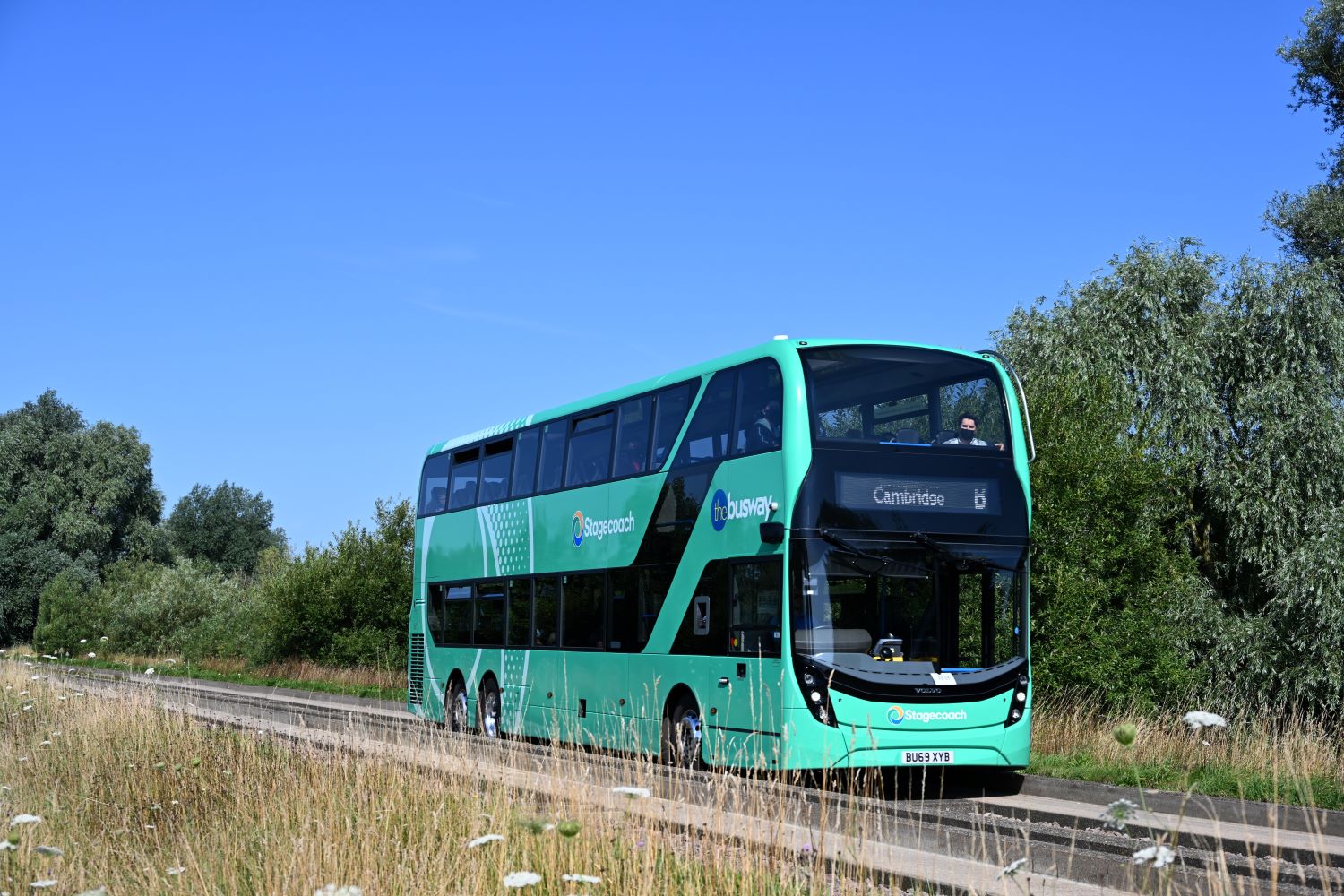Development of automated zero-emission shuttles is something that has the potential to turn micro-PSVs into a realistic solution to the last-mile conundrum. In Paris, evaluation of them is well underway

French companies continue to lead both the development of small, autonomous minibus shuttles, and their integration into the transport networks of tomorrow. State-owned Paris operator RATP is the latest to examine their benefits with the battery-powered EasyMile EZ10.
miniplus has already reported on the similar Navya Arma, which was demonstrated at Heathrow airport in 2016. The EZ10 trial in Paris is a joint effort between RATP, the municipal authority, and the Ile-de-France region.
The EZ10 has six seats and it can carry a maximum of 12 passengers. Cameras and radar sensors combined with GPS capability and a pre-programmed route map allow two of them two operate between Chateau de Vincennes metro station and Bois de Vincennes park.
Each has an attendant present, although in normal operation they are entirely self-driving. The current route is 1.4km long, but the next stage will see an extension involving the EZ10s crossing a busy road.
Interaction with cyclists, pedestrians and other vehicles already occurs. The 300m closest to the metro station is on segregated track which crosses an access road to a school; after that, the shuttles proceed via ‘shared space’ in the park.
Refining the ability to deal with the variables that come with working alongside other road users is key to the autonomous shuttle becoming a viable concept. In Estonia, the EZ10 has already been put in such a situation, with claims of some near-misses.
Fine-tuning the shuttle’s ability to co-exist with other road users will not be easy, but the Paris project is a valuable learning curve. It is helped by RATP’s associated expertise in automated metro operation, and its successful work developing a self-driving bus within depot confines.
Tracking software
When a shuttle route is created, the EZ10 is configured with a map of the route. Navigation once in service is handled by a combination of GPS coordinates, the radar sensors around the vehicle, and an accurate odometer. Radar units are split into two areas. Those on the roof work in conjunction with the map, comparing it to real-time data. If the two do not correlate, the shuttle will stop. The sensors on the front and rear are for obstacle detection.
The shuttles in use in Paris pass in opposite directions when in the park, but when a pedestrian or cyclist in close proximity is detected, they slow.
That makes progress rather stuttered. Currently, the police will permit a top speed of 7km/h, although the shuttles are capable of more; the consortium is lobbying to have that limit relaxed for the next phase.
Legislative limitations
A further limitation is the inability of the EZ10 to steer around obstructions. On a closed track, it can, but when sharing space with other users the decision whether to stop or change course currently too complicated.
While that sounds like a basic issue, it’s important to recognise that it is one created partially by French conditions.
Steering round an obstruction in a shared-space area would require the on-board cameras to film around the vehicle, and recording people in such a situation is not permitted in the country. EasyMile has taken precautions to mitigate any attempts at hacking the EZ10’s software and taking control of it.
Future challenges
One of the main challenges for ongoing development of automated shuttles is making them work with traffic lights. On the Paris route, signals are currently not fitted where the EZ10 cross the access road to the school, but they will be soon. That will allow the consortium involved to prove that the vehicles can deal with traffic lights before the route is extended.
Initially, communication between the shuttle and the traffic lights will be via radio, but EasyMile says that it wants to incorporate cameras into the system eventually. The Paris route observes a schedule, and there are no plans to make it an ‘on demand’ service with a call button. However, EasyMile will soon place the EZ10 into a nuclear power plant in France, where such a function will be enabled.
While the EZ10, and competitor products, are in their infancy, they give an illustration of the part that autonomous minibuses may be able to play in the public transport world of tomorrow.
There is clearly an appetite for them, and they offer an attractive and cost-effective solution to the last-mile problem that is endemic in high-capacity service offerings.
But that may not be all that the technology can do; while EasyMile does not have any concrete plans to extend self-driving to larger vehicles, it says that the platform is scalable, allowing it to grow the size of its autonomous minibuses in the future.
RATP Group has already carried 45,000 people on automated shuttles, in both France and the United States.
Adoption of the concept as a viable bolt-on to the existing transport network may take some time, but it looks like in the long-term, there will certainly be a place in the market for vehicles such as the EZ10.

























